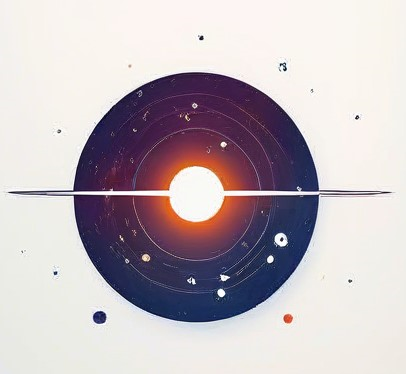主持人:刘四明教授
时间:2023年5月13日(周六)上午9:30
地点:犀浦校区2教2539
ZOOM:86527603571
密码:123456
Ti题目: Black Holes, Mergers, Disks and Jets: New Windows on LIGO Gravitational Wave Sources
主讲人:Hui Li
Hui Li is a senior scientist in the Nuclear, Particle, Astrophysics and Cosmology group, Theoretical Division at the Los Alamos National Laboratory. He has engaged in plasma astrophysics research for the past three decades on understanding the physical processes responsible for the origin of cosmic magnetic fields, plasma turbulence, particle energization, reconnection, etc. He has published widely on topics related to astrophysical disks and jets around black holes, intra-cluster medium turbulence and magnetic fields, planet formation disks, and solar wind turbulence. He received in B.S. in Physics from Peking University in 1990, his PhD in Theoretical Astrophysics from Rice University in 1996. After a Director’s Postdoc Fellowship and an Oppenheimer Fellowship at the Los Alamos National Laboratory (LANL), he has been a research scientist at LANL to the present. He was elected as a Fellow of the American Physical Society in 2015 and is also a Laboratory Fellow at LANL. He maintains many collaborations around the world on various topics related to plasma astrophysics, particularly enjoying working with students and young scientists on frontier topics in astrophysics.
Abstract: It is observationally known that supermassive black holes (one million to one billion solar masses) at the centers of massive galaxies are surrounded by large, dense gaseous and dusty disks (called AGN disks). Imagine such disks give birth to many massive stars that gradually evolve into stellar-mass black holes (several to tens of solar masses). What will happen to these black holes? Will they stay put at their birth places or migrate in AGN disks? Will they undergo close encounters and form binaries? Will black holes in binaries tighten their orbits to eventually merge? Will the gravitational waves from such mergers be detectable by LIGO? And will relativistic jets from such systems produce electromagnetic signatures that are observable by other telescopes from radio to infrared (e.g., JWST) to optical to X-rays and gamma-rays? These questions and scenarios are opening up a new window of multi-messenger astrophysics and astronomy and advancing our understanding of these fascinating objects.




